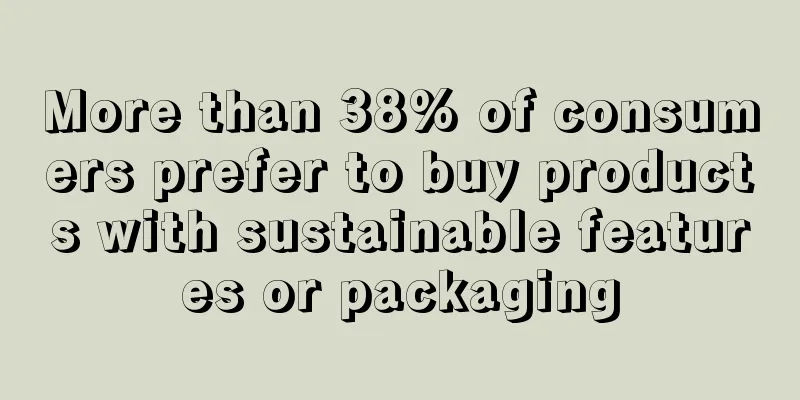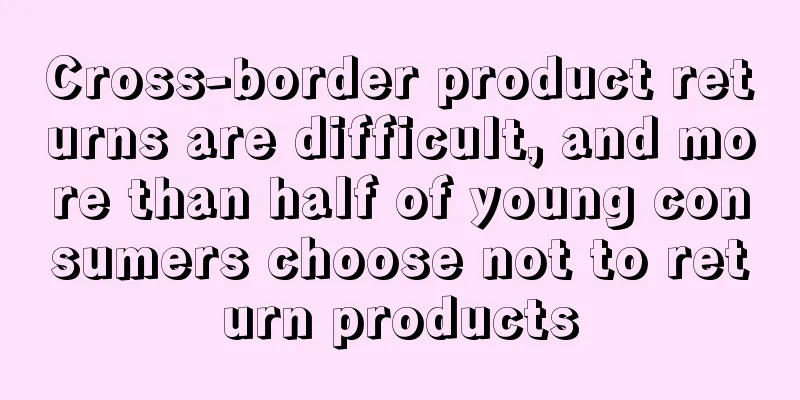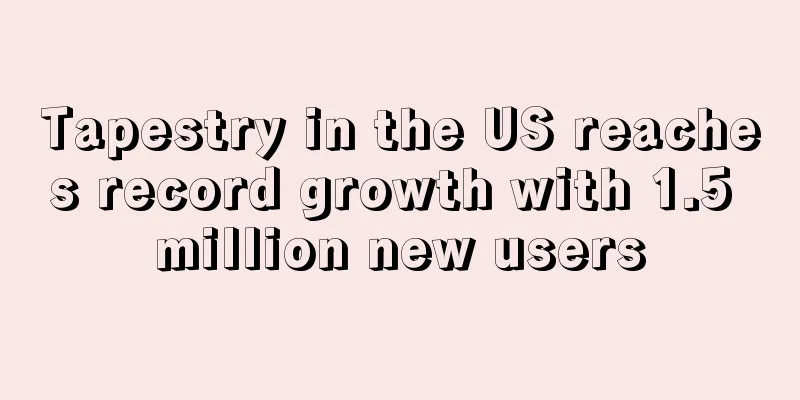More than 38% of consumers prefer to buy products with sustainable features or packaging

|
Research agency BOXpoll found that more than a third of consumers (38%) would be more likely to buy products with sustainable features or packaging. Of consumers who are more likely to purchase environmentally friendly products and packaging, 10% actively seek out such products, while 28% prefer to purchase products based on environmental attributes, such as sustainable materials , sustainable packaging or a portion of proceeds going to an environmental cause .
A wide range of demographics, including younger consumers ( Gen Z and Millennials), affluent consumers with household incomes over $100,000, as well as parents and those living in urban environments, are the most sustainable shoppers. Nearly half (47-48%) of these groups identify as sustainability -conscious shoppers.
Despite the sustainable habits of the young , the wealthy , parents and urban dwellers, sustainability is not yet a factor in the purchasing decisions of the majority of consumers (59% on average), either because they do not notice sustainable features or because sustainability has no impact on their shopping behavior.
One potential downside could be cost. According to BOXpoll, 67% of consumers believe that a box with sustainable packaging costs more than a conventional box, despite the same contents. Consumers believe that sustainable packaging is worth an average of $5.70 more than conventional packaging.
Gregg Zegras, executive vice president and president of global eCommerce at Pitney Bowes, said : “Consumers are increasingly demanding that retailers offer more environmentally friendly options. This is evident not only in our latest BOXpoll findings, but also in brands’ rapid action to show progress in sustainable manufacturing and distribution. E-commerce represents a greater choice for consumers , and with more of their shopping happening online, consumers are using that power to support brands that care about sustainability. ” Consumer preferences Sustainable Online Shopping |
<<: South Korea's e-commerce market to reach $325 billion by 2025
>>: A 32% increase! Dutch consumers spend 2.6 billion euros on online stores in 2020
Recommend
What is Jingsheng ERP? Jingsheng ERP Review, Features
Founded in 2018, Jingsheng ERP is an e-commerce co...
The US government is suppressing Amazon! Amazon may face a lawsuit at the end of this month
The U.S. Federal Trade Commission may file a laws...
What is Xiamen Zhushida Technology Agency Operation? Xiamen Zhushida Technology Agency Operation Review, Features
Xiamen Zhushida Technology Co., Ltd. was founded b...
Attention! A large number of Amazon home products have been recalled
Recently, the editor learned from the official we...
What is PayForex? PayForex Review, Features
PayForex is affiliated to Queen Bee Capital and fo...
5 years in prison! Seller convicted of selling counterfeit goods on eBay
Recently, a U.S. federal court sentenced Mr. and ...
Up to $10 million! Amazon offers "interest-free loans" to sellers
Today, the Federal Reserve announced another 75 b...
What is medcines? medcines Review, Features
Medcines focuses on tea products, providing custom...
A sub-category earthquake on Amazon: over 50% of BS products become unsaleable
Before every peak season, Amazon would review the...
The situation continues to ferment! Many big sellers were reported for illegal operations
On the Amazon platform, there have been many case...
Fighting for a 10 billion market! Amazon vs. Flipkart, who will take center stage?
Over the years, India has become one of the poten...
Amazon Singapore launches 3 advertising products, and Canada plans to add 5 new sites
Amazon to open five new locations in Canada Today...
Its subsidiary owes sellers 900 million yuan, and the parent company has set its sights on Wish!
Recently, the fact that two well-known Korean e-c...
What is D1 Brands? D1 Brands Review, Features
D1 Brands is a team of experienced Amazon third-p...
A new round of review deletion has hit a large number of sellers!
There is a saying in the industry that "fake...









